A Nest Building Hummingbird
In this short but condensed observation you can watch a female Anna’s hummingbird (Calypte anna) construct her nest over 10 days between 18-28th January 2010 recorded in Victoria, British Colombia, Canada. She uses fluff feathers of other birds, spider webbings and cotton tissue around seeds of poplar trees as nest material. The size of the finished nest is typically about 5cm across x 4cm high. Unlike most other bird species in all hummingbirds nest construction and parental care is always […]

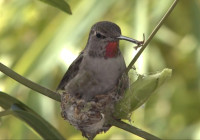
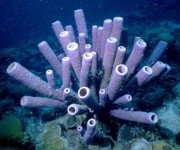
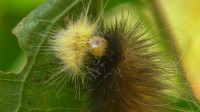
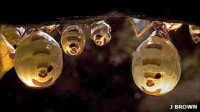
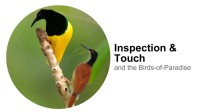
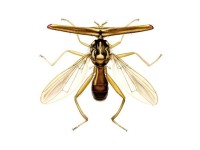
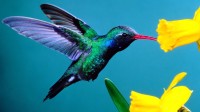
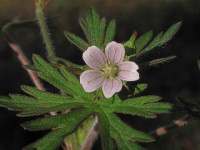
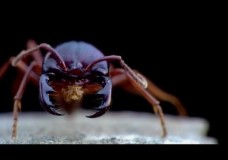
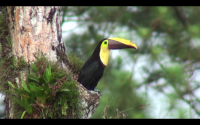
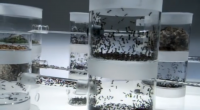
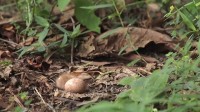

Recent Comments